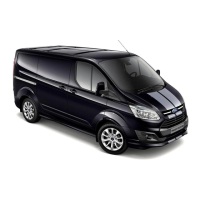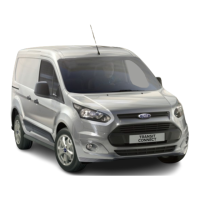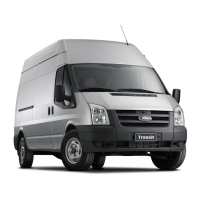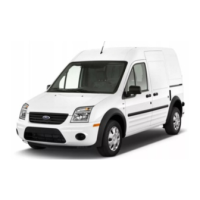should not be too high when doing this
→ . Damage to the clutch and the gear-
box c
ould occur if at high speeds or high
engine revs one or more gears are skipped
when shiing down gear, even if the clutch
is not released when doing this →
.
WARNING
When the engine is running, the vehicle
will start to move a
s soon as a gear is en-
gaged and the clutch released. This also
applies when the electric parking brake
has been switched on.
·
Never engage reverse gear while the ve-
hicle is in motion.
WARNING
Rapid acceleration can cause loss of trac-
tion and skidding, particularly on slippery
roads. This can cause you to lose control
of the vehicle, which can lead to acci-
dents and serious injuries.
·
Only accelerate rapidly if visibility,
weather, road and trac conditions
permit, and other road users are not put
at risk by the acceleration and driving
style.
·
Always adapt your driving style to suit
the trac flow.
·
When the TCS is switched o, the drive
wheels may spin, especially if the road
surface is wet, slippery or dirty. This
may result in you no longer being able
to steer or control the vehicle.
WARNING
Shiing gears inc
orrectly to too low a gear
can lead to a loss of control of the vehicle,
which can cause accidents and serious in-
juries.
NOTICE
Serious damage to the clutch and gearbox
c
an occur if the gear stick on the manual
gearbox is shied to too low a gear when
travelling at high speeds or at high revs.
This also applies if the clutch remains de-
pressed and the gears do not engage.
NOTICE
Please note the following to help avoid
dama
ge and premature wear:
·
Do not rest your hand on the gear lever
when driving. The pressure from your
hand is passed onto the selector forks in
the gearbox.
·
Ensure that the vehicle has come to a full
stop before engaging reverse gear.
·
Always depress the clutch pedal fully
when changing gear.
·
Do not hold the vehicle by “riding” the
clutch on a hill with the engine running.
Changing up a gear early will help to
sa
ve fuel and minimise engine noise.
Troubleshooting
Clutch slipping
The indicator lamp lights up yellow.
Clutch does not transmit the entire engine
torque.
1.
If necessary, remove foot from clutch
pedal.
Clutch overheated
The indicator lamp lights up yellow.
An acoustic warning may also be given
→ page 147.
The clutch can overheat, for example if the
vehicle pulls o regularly, travels at
a “crawl” for long periods, or in stop and go
trac.
Overheating is indicated by the warning
lamp and in some cases by additional
warning lamps and a text message in the
instrument cluster display.
— Driving can be continued.
Clutch fault
The indicator lamp lights up yellow.
T
he clutch is faulty.
1.
Drive on carefully!
148 Driving

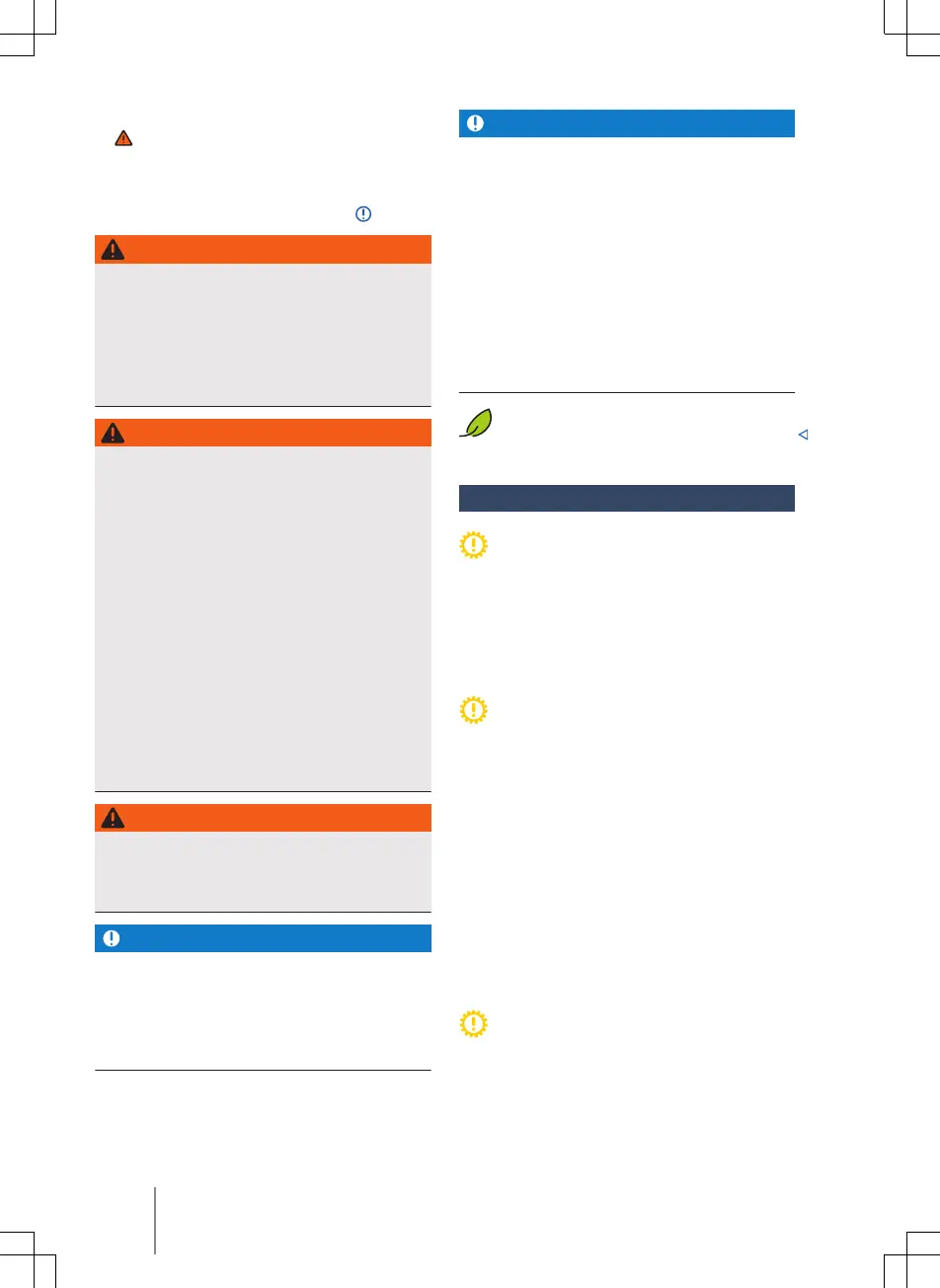